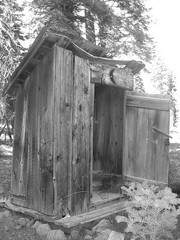About 3:45 p.m. on Monday, October 29, 2012, emergency crews
received a call from a hiker who had witnessed another hiker fall about 150
feet after trying to swat away a swarm of bees, according to a report by The Arizona
Republic.
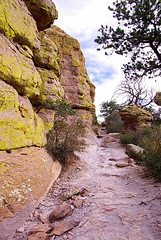 |
| Echo Canyon Trail - Chiricahua National Monument (Photo credit: Al_HikesAZ) |
The other two hikers, about the same age as Ruzsas, found a
nearby alcove in the mountain and covered their faces from the bee attack,
according to the report. They curled up to try to protect themselves from the
swarm, according to local officials, but were both stung at least 300 times
each.
A helicopter brought rescuers, and one wearing a bee suit was
lowered from the helicopter. He found the men curled up in the fetal position
with bees swarming around them. The rescuer attached one man to the rescue bag
that hoisted him up into the helicopter. The rescuer then remained below to
care for the second hiker. The rescuer suffered several bee stings to his wrist
and ankles.
He gave the second victim an EpiPen to stop the swelling ,
then placed a black bag over the man’s head to prevent more bee stings. Both
victims were flown to the base of the Echo Canyon trail where rescue crews
waited to transport them to a nearby hospital. Both are recovering from their
injuries.
Officials said that bees live in the mountains and it is
common for them to swarm if anyone kills or swats another bee. Officials
encourage hikers to stay on trails and follow trail signs.


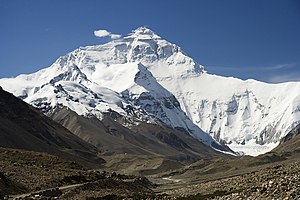
.jpg)
.jpg)
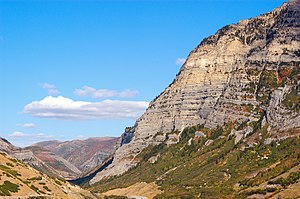


.jpg)

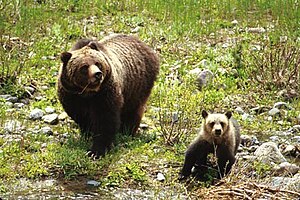
.jpg)
.jpg)
.jpg)
.jpg)
.jpg)


.jpg)
.jpg)
